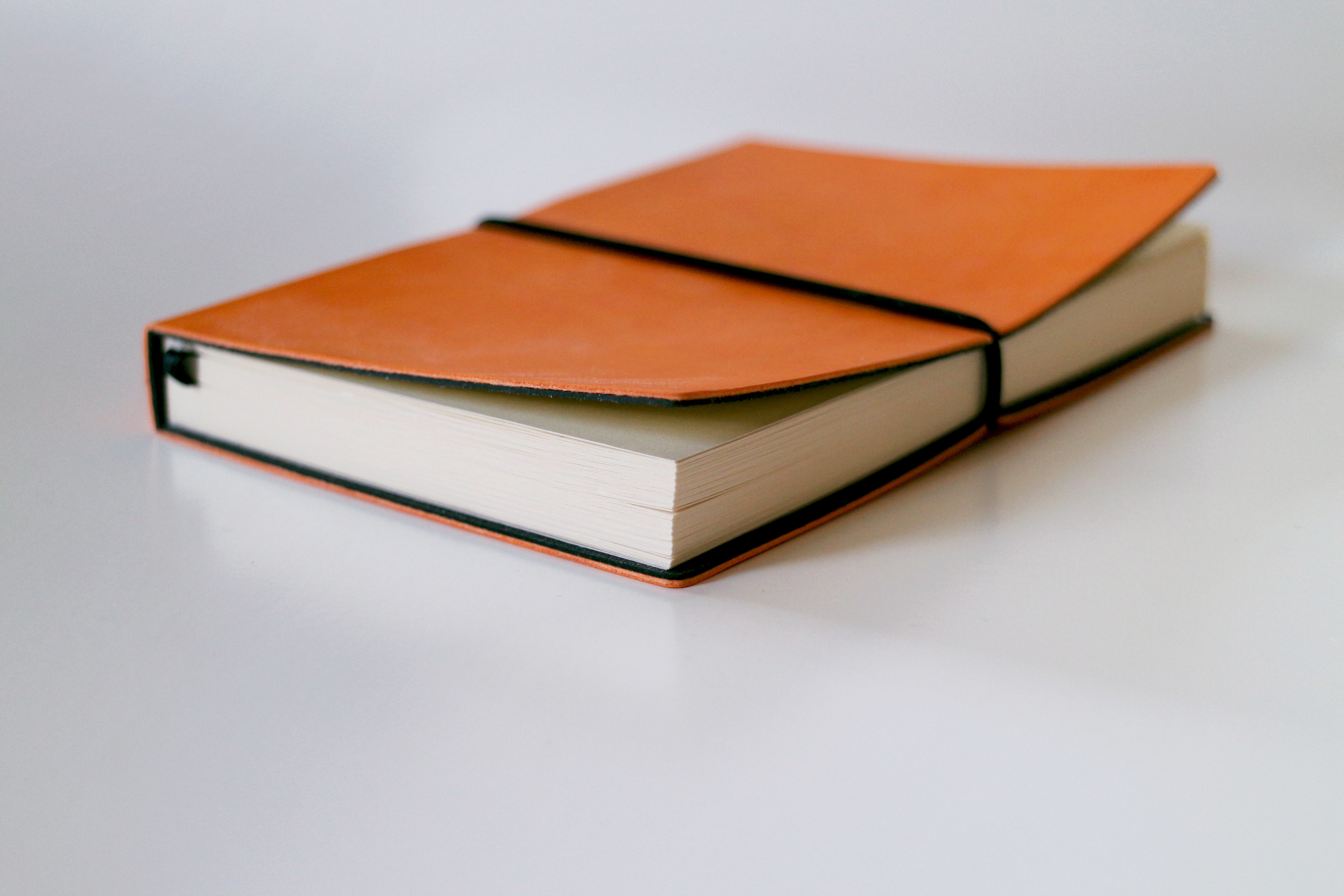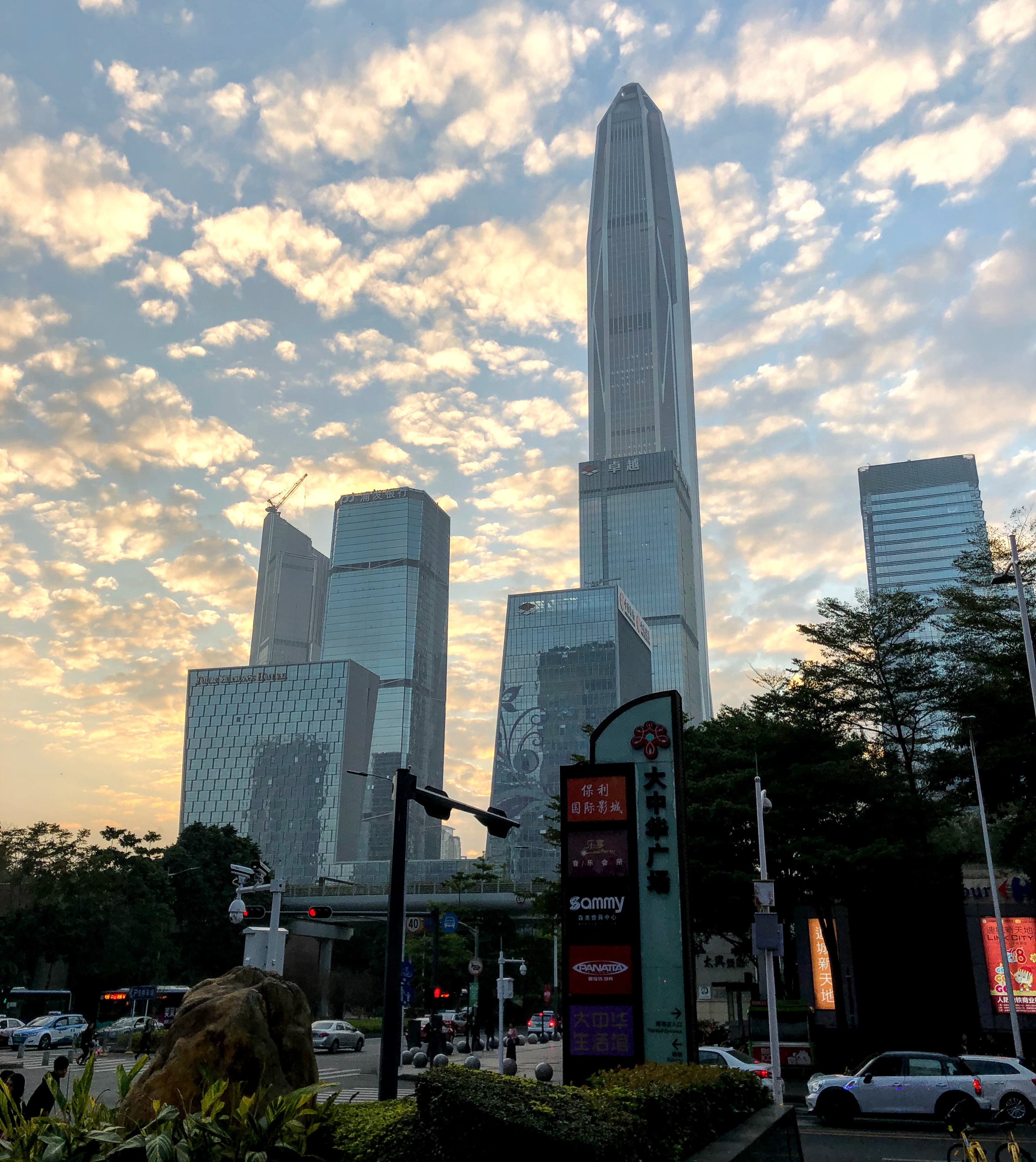Technology has progressed significantly since the early days of patent law, when US lawmakers in 1952 could only envision patentable subject matter into categories like “process, machine, manufacture, or composition of matter.” The recent explosion of new types of innovations that don’t fall neatly into these categories has resulted in a game of catch-up, where patent practitioners dream up creative ways to protect these new innovations using existing (sometimes archaic) formats to comply with outdated rules. We saw this in the US through the past decades as people tried using a myriad of creative ways to protect business methods, computer software, and other less tangible innovations that were still practical solutions to very real-world problems. China’s patent law is younger (being first established in 1984), but it is similarly dealing with eligibility issues as innovations have exploded domestically.
Patent eligibility is mentioned in several different sections of the Chinese patent law.
The Chinese Patent Law
Article 2.2 establishes that an invention is any new technical solution relating to a product, a process, or an improvement thereof. This is similar to Section 101 of the US Patent Act, which provides patent protection for “any new and useful process, machine, manufacture, or composition of matter, or any new and useful improvement thereof”. However, China’s patent law emphasizes that the invention must be a technical solution.
Article 25 further states that no patent rights may be granted for
- scientific discoveries;
- rules and methods for mental activities
- methods for the diagnosis or treatment of diseases;
- animal or plant varieties;
- methods of nuclear transformation and the substances obtained by the nuclear transformation method; and
- designs that are mainly used for marking the pattern, color or the combination of the two of prints.
Article 25 is similar to the judicially made law in the US stating that laws of nature, natural phenomena, products of nature, and abstract ideas (such as rules and methods for mental activity) are not patent eligible. One notable difference is that “methods for the diagnosis or treatment of diseases” are patent eligible in the US, unlike in China.
Article 5.1 further asserts that no patents may be granted for inventions that (i) violate the laws, social ethics, or harm public interest, or (ii) are accomplished by relying on improperly obtained genetic resources.
If there is no legal way to practice an invention, (e.g. method of making or using an illicit drug, then the invention will not be patent eligible under Article 5.1. The standard for what violates “social ethics” and “public interest” is less clearly defined in the law, and may even shift through time as society’s values or what’s considered “public interest” changes. Genetic resources must be obtained legally, and applicants need to provide the original source and proper permissions for obtaining the Chinese genetic information.
The US patent law has no section like this.
Claiming Software Inventions
Chinese patent practitioners have historically recrafted software inventions as one of two claim types:
-
a method for solving a particular technical problem or
- a device comprising modules executing a set of steps, wherein such modules are interpreted as software modules.
If certain steps of a claim involved abstract mathematical formulae or business methods, examiners would sometimes reject such claims on the basis of Article 25, arguing that the existence of such algorithms or abstracta ideas contravened the patent law’s limitations on protection of “rules and methods of mental activities.”
2020 Examination Guidelines
More recently, new examination guidelines released in February 2020 firmly put an end to such broad-stroked rejections, instead requiring examiners to consider claims involving algorithms and/or business rules or methods. More specifically, the Guidelines emphasize that the technical features, algorithms, and/or business rules and methods should not be simply separated, but instead all features in the claim should be analyzed as a whole to determine the technical problem solved, the technical means used, and the technical effects achieved.
Importantly, even if the claim has an algorithm or certain “business-like” steps, the examiner will determine whether these “patent ineligible” features are closely tied to the technical problem such that as a whole the claimed invention still solves a technical problem using technical means to achieve a technical effect. It is somewhat analogous to the USPTO’s requirement for a “practical application” under Step 2A of the patent eligibility analysis.
Patent Eligibility Test

Examiners will determine patent eligibility by evaluating the claims against Article 25.1.2 and Article 2.2. Inventions will be deemed patent-eligible if they (1) possess technical features and (2) solve a technical problem using technical means that achieve a technical effect.
Claim Types
The 2021 Patent Examination Guidelines further provide two new claim types that were not official recognized before. Now, claims directed toward a “readable medium storing software” and “device comprising a processor and software” are allowable formats.
- Method
A method for solving [technical solution] comprising the following steps: - Readable Medium Storing Software (New)
A readable medium storing software that realizes a method when executed by a computer - Device Comprising Modules
A device comprising modules A, B, and C, wherein module A executes the steps of 1, 2, 3.[1] - Device Comprising Processor + Software
A readable medium storing software that realizes a method when executed by a computer - Device Comprising Modules (New)
A device comprising a processor and software executed by the software
Examples
The Guide has provided several examples to illustrate what types of inventions may be considered eligible or not eligible. We summarize a few of them below.
Economic Prosperity Index
A method of determining an economic prosperity index based on regional electricity consumption; comprising
selecting preliminary indicators of the economic prosperity index of an area to be detected according to the economic data and electricity consumption data, wherein the preliminary indicators include economic indicators and electricity consumption indicators;
performing cluster analysis methods and time difference correlation analysis methods by a computer,
determining the economic prosperity index system of the area to be detected, including leading indicators, consistent indicators, and lagging indicators;
obtaining economic prosperity index according to the economic prosperity index system of the area to be tested, by the synthetic index calculation method.
Technical Problem: None. The problem is determining an economic trend.
Technical Means: None. The means is based on economic data and electricity consumption data to analyze the economic situation is economic management means, not a “law of nature”
Technical Effect: Effect is an economic prosperity index for assessing an economy, not a technical effect in conformity with the laws of nature.
This invention is NOT ELIGIBLE because it lacks a technical problem, means, and effect. The problem, means, and effect are all directed towards economic factors, which is only an abstract idea. One could argue that the electricity consumption data is a technical feature. However, the data is only used to determine an economic index, which is not tied to any tangible technical problem, nor does it offer any technical solutions. If, for example, the electricity consumption data were used to solve shipping issues for logistics, then this method may be considered eligible.
In the US, this claim would also be considered ineligible as being directed toward a fundamental economic practice (thus an abstract idea), without a practical application.
Image Processing
A method for training a convolutional neural network (CNN) model, comprising
obtaining model parameters to be trained . . .
acquiring a plurality of images . . .
performing a convolution operation and a maximum pooling operation on each training image . . .
performing a horizontal pooling operation . . .
determining a feature vector of each training image . . .
processing each feature vector . . .
calculating a class error . . .
further adjusting the model until the number of iterations reaches a preset number; and
taking the model parameters obtained as the model parameters of the trained CNN model.
Technical Problem: CNN can only recognize fixed sized images
Technical Means: training images on different convolutional layers
Technical Solution: trained CNN model can identify any sized images
This invention is ELIGIBLE. Although it involves operations that are based on mathematical concepts, these steps are all tightly tied to the technical problem of training a CNN model to better recognize images. The data being processed by the algorithm is image data, the technical means is tightly tied to improving processing of this image data, and the resultant effect is a highly trained CNN model that can better identify images.
This example is very similar to Example 39 in the more recently published USPTO Subject Matter Eligibility Examples (2019), which involves a method for training a neural network for facial recognition. In the US example, the machine learning invention is eligible. It is not even considered an abstract idea because mathematical concepts are not written in the claims, and the steps cannot be performed in the human mind.
Consumer Rebate
A method of providing a consumer rebate, comprising:
a merchant returning to a consumer a certain cash rebate according to the user’s consumption amount at the merchant, wherein the merchant uses a computer to:
divide the user’s consumption amount R into M intervals;
wherein, M is an integer gradually increasing from 1 to M;
divide the rebate amount F by M;
calculate the user’s current consumption amount, wherein when the user’s current consumption amount is 1, the rebate amount is the first value, and when the user’s current consumption amount is 2, the rebate amount is the second value, and so on, and
return the rebate amount of the corresponding range to the user.
Technical Problem: There is no technical problem. Determining how to encourage user consumption is an economic problem.
Technical Means: through a computer to implement set rebate rules
Technical Effect: The effect is to promote user consumption, not to provide a technical effect in conformity with the laws of nature.
This invention is INELIGIBLE because there is no technical problem nor effect. User consumption is a pure economic problem, and the computer determines the rebate amount only according to the specified rules and the user’s consumption amount. The rebate rules are not bound by “laws of nature”, but instead are artificial business rules created inside the mind.
Likewise, in the US this invention would likely be considered an abstract idea as being fundamental economic practice and/or a method of organizing human activity.
Mathematical Model
A method for constructing a mathematical model, comprising:
training an initial feature extraction model based on eigenvalues in training samples of a first classification task and eigenvalues in training samples of at least one second classification task, to obtain a target feature extraction model, wherein the second classification task is a different classification task related to the first classification task;
processing the eigenvalues in each training sample of the first classification task respectively,
based on the target feature extraction model, to obtain eigenvalues corresponding to each training sample;
combining the extracted eigenvalues corresponding to each training sample and a label value to form an extracted training sample, for training the initial classification model to obtain a target classification model;
combining the target classification model and the target feature extraction model to form a mathematical model for the first classification task.
Technical Problem: None
Technical Means / Solution: No technical characteristics
Technical Effect: None
This invention is INELIGIBLE because there is no technical problem nor effect. The steps of training, processing, and extracting eigenvalues are merely abstract mathematical steps, resulting in an abstract general classification mathematical model. The solution has no specific application fields. These would be considered “rules or methods of mental activity” and thus fall afoul of Article 25.
This type of invention would also be considered ineligible in the US for being a mathematical relationship, and thus an abstract idea. Without more claim limitations tying the mathematical formula to a particular practical application, this claim would be considered abstract and not eligible.
Concluding Thoughts
Both China and the US have relaxed their criteria for software patent eligibility in the past couple years, likely in view of the explosion of innovations in this space around the world. We can see from the Examination Guidelines that China and US standards of patent eligibility are harmonizing. The “technical solution” in Chinese patent law is not that different from the “practical application” in US patent law. Both sides emphasize the importance of typing “abstract” steps with technical solutions or practical applications. Both sides continue to agree that economic or business solutions are not likely to be patent eligible without “something more” (US), such as being closely tied to solving the technical problem (China).
One of the most welcomed changes is the requirement for Examiners to consider all elements of a claim (both “abstract” and concrete features) as a whole, not only for eligibility, but also for novelty and inventive step. This means that a novel, innovative algorithm executed in close connection with prior art hardware may still be considered eligible, novel, and inventive over the prior art. In other words, the algorithm alone may be the key to providing patentability to the entire invention. This is excellent news, certainly for the software industry but also for all of us who use software (which these days, is virtually everyone).
Eagle IP are experts in patent law and we offer a one-stop service for your global IP needs.
This article is for general informational purposes only and should not be considered legal advice or a legal opinion on a specific set of facts.
There is a risk of “modules” being interpreted as hardware examples in the spec depending on the support and examples provided ↑
About the Authors

Jennifer Che, J.D. is Vice President and Principal at Eagle IP, a Boutique Patent Firm with offices in Hong Kong, Shenzhen, and Macau.

Hebe Chau is a Chinese Patent Attorney at Eagle IP, a Boutique Patent Firm with offices in Hong Kong, Shenzhen, and Macau.

Yolanda Wang is a Principal, Chinese Patent Attorney, and Chinese Patent Litigator at Eagle IP, a Boutique Patent Firm with offices in Hong Kong, Shenzhen, and Macau.
This article is for general informational purposes only and should not be considered legal advice or a legal opinion on a specific set of facts.





